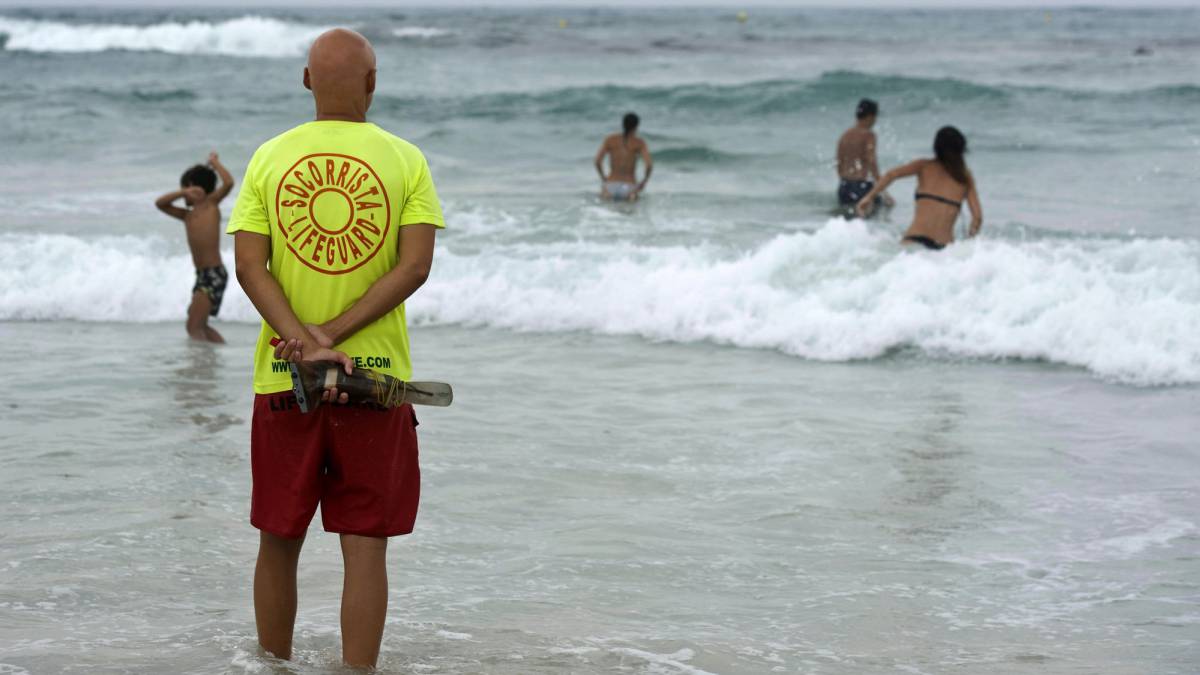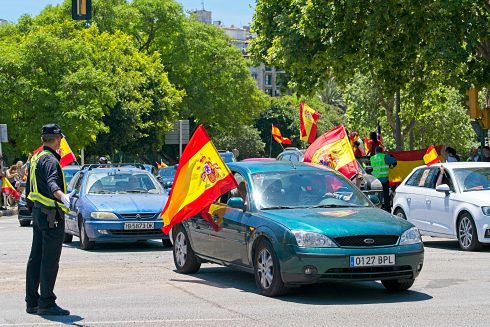SPAIN’S lifeguards will not administer the kiss of life this summer, it has emerged.
Mouth-to-mouth resuscitation has been banned by the Royal Spanish Salvage and Rescue Federation (RFESS).
A document from the organisation states: “Under no circumstances will mouth-to-mouth ventilation be carried out.”
The same text stresses that ‘every victim is infectious-contagious until proven otherwise.’
Lifeguards performing a rescue will instead be limited to chest compressions.
The 19-page set of recommendations does allow for ‘the use of gloves, FFP2 masks and eye protection if the situation permits’.
- Protocol for reopening swimming pools in phase 2 of Spain’s de-escalation plan
- COVID-19: Costa del Sol to get 900 ‘beach agents’ while one town to clean sand ‘nightly’ in Phase 2
It adds that lifeguards may use a ‘resuscitation balloon’ if they are ‘trained in the handling’ of the device.
“They will be able to make use of it with the appropriate personal protection measures,” the text adds.
This could see operators use the balloons combined with a mask.
An RFESS spokesperson said: “It is true that by eliminating mouth-to-mouth we subtract oxygen supply, but with chest compressions, in addition to moving the blood, a minimum of oxygenation is also achieved.
“What we should never do is abandon chest compressions.”
The measures outlined above are a bid to stop lifeguards coming into contact with microdroplets produced by those they are saving.
It is these microscopic particles that are believed to be the main vehicle for the spread of coronavirus, and is the reason that masks are now obligatory in Spain.
Other measures in the lifeguards’ advice is to maintain at least four metres of distance between them and other people on the beach.
All those keeping us safe at the seaside this summer are to be given FFP2 masks, as well as plastic gloves and eyewear.
The lifeguards’ guide also stipulates that two metres must also be kept with victims where possible.
If someone does need to come into close contact with a victim then it is advised that only one rescuer does so.
It is advised that lifeguards position a victim so they are facing in the same direction as the wind – again in order to stop the transfer of microparticles.
Those being stretchered off the beach will also be placed face-down for the same reason.
Lifeguards must equip masks and gloves to victims who are conscious.








